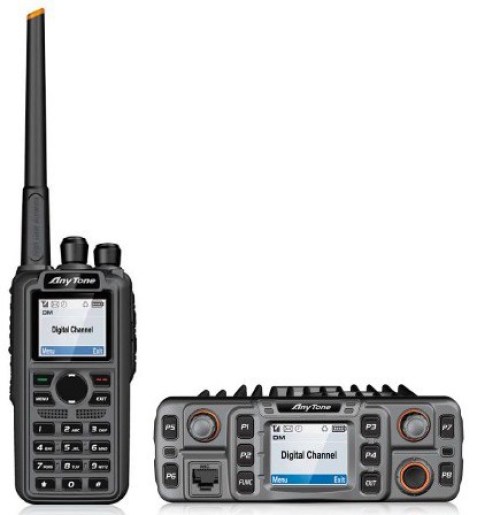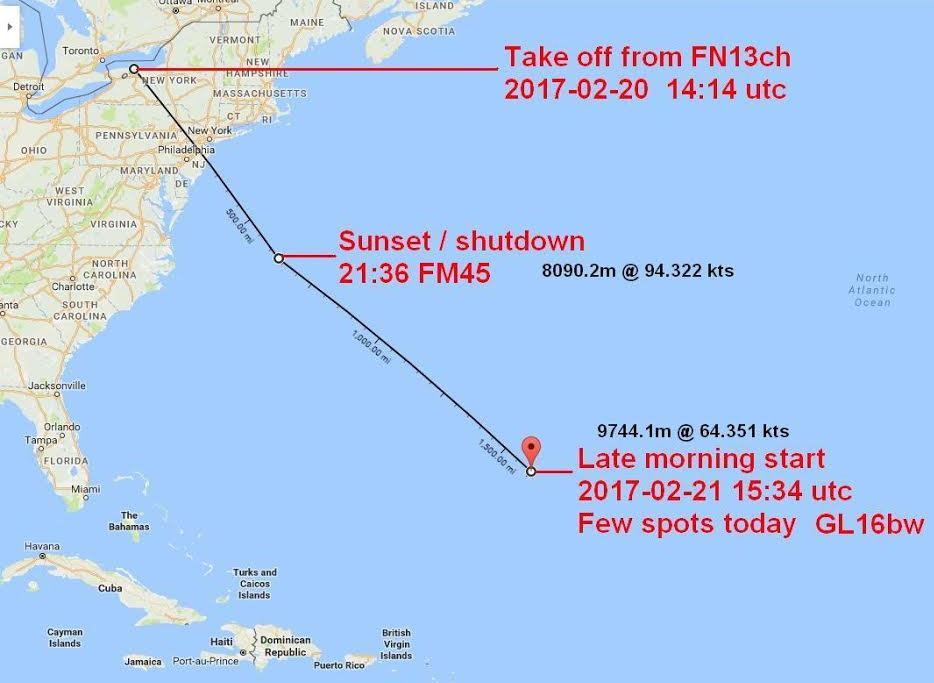QRP Quarterly January 2017 & FDIM
Its been out for a month or so and it was a blockbuster issue with lots to read and build
I am sure FDIM 2017 Buildathon at Dayton has been sold out (I missed it as well) but there may still be space for the general sessions
Once again THANKS to Rex Harper W1REX for hosting the FDIM Buildathon !
Due to all the latest interest in FT-243 crystals , The FDIM 2017 Buildathon will add a kit to the process. we will first build an integrated crystal oscillator and frequency counter, calibrate it and then grind an FT-243 crystal from somewhere in the 6.x Mhz region to a desired 40m frequency. I will provide a genuine factory OLD FT-243 crystal within grinding distance of the 40m band as part of the Buildathon package.
As usual, the Buildathon will also include a time out for a complementary pizza party so that builders won’t miss dinner while we build. Directly after the Buildathon, the now sated builders only need to take a short walk around the lobby in order to enjoy the FDIM Club night being held in the adjacent ballroom.
We will be using the *USUAL* format of the Buildathon so we can register 35 builders…. Don’t wait until the last minute to sign up! After that, you will just have to resort to picking up your kit at the FDIM Buildathon and taking it home…..W1REX
Registration for the Buildathon is completed with Rex.
http://www.qrpme.com/?p=product&id=B17

QRP Quarterly – January 2017
Technical Articles
5 Idea Exchange—Mike Czuhajewski—WA8MCQ
Practical Propagation for the Everyday Ham—N2CX Finger Dimples from WalMart—W3TS
None Simpler Portable Antenna Insulators—NM5S Homebrewer’s Guide To Recycling—KK6FUT Whisper Sidetone—Shhhh! —ND6T
Hammond Plastic Project Boxes—VE3IPS Variations on PCB Method—KC7CJ
Portable Tent Pole Vertical Antenna—KK6FUT Alternative to Etching Muppet Boards—W5USJ
16 630 Meters for the QRPer—Paul Signorelli—WA2XRM (WØRW)
20 The QEC Antenna: A New Design—Akira Motohashi—JP1QEC
23 How Low Can You Go?—Robert Rosier—K4OCE
26 WSPR and the Raspberry Pi—Scotty Cowling—WA2DFI
30 Troubleshooting and Repair Techniques—Mike Bryce—WB8VGE
38 Antennas 101: A Look Back 25+ Years—Gary Breed—K9AY
The Joy of QRP
17 Clubs Make CW More Fun—Dan Romanchik—KB6NU
24 Pedestrian Mobile with the KX2 as a Hand-Held Rig—Greg Lane—N4KGL
The World of QRP ARCI
3 Editorial—Mitch Gill—NA7US
4 QRP ARCI News
18 FDIM 2017 Announcement

















